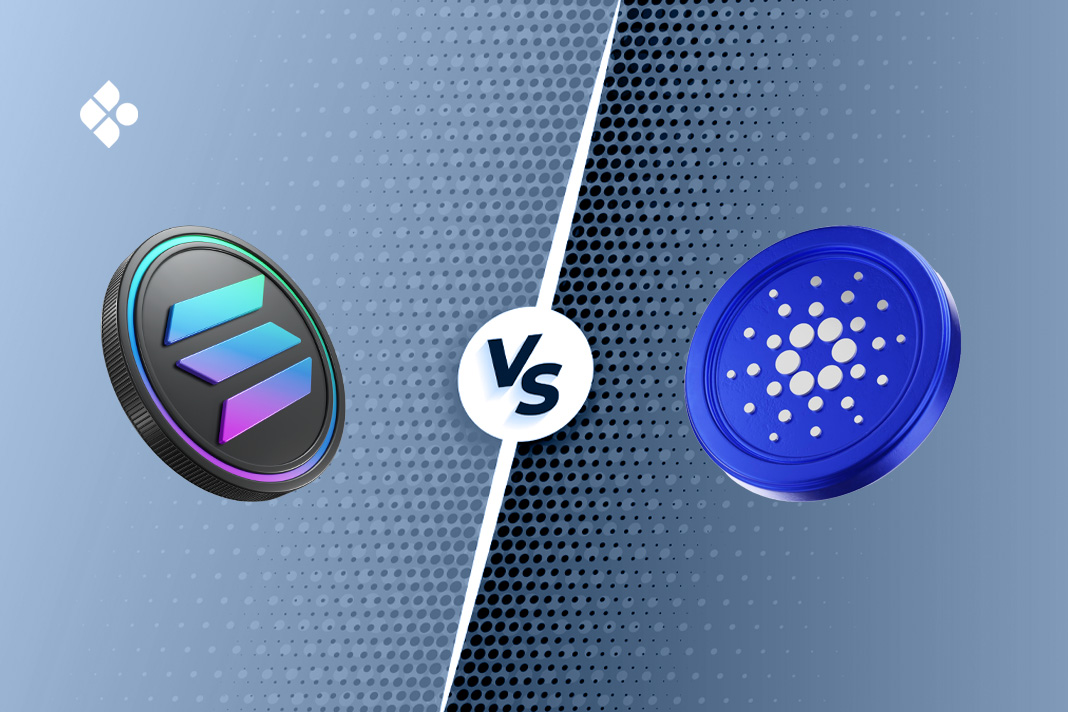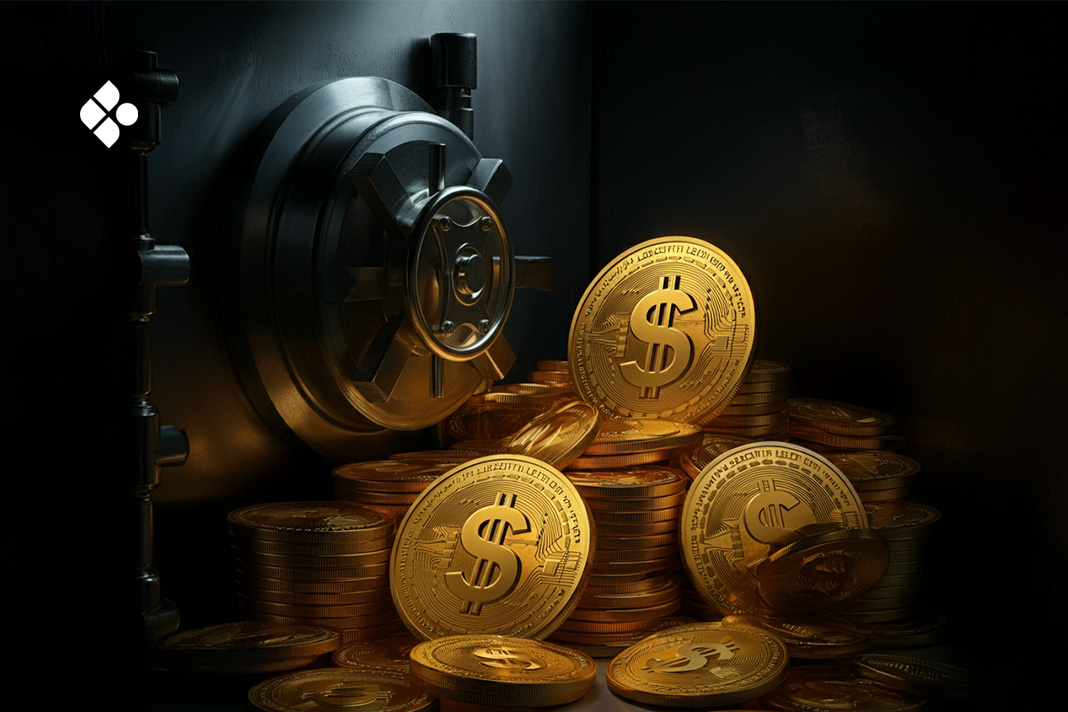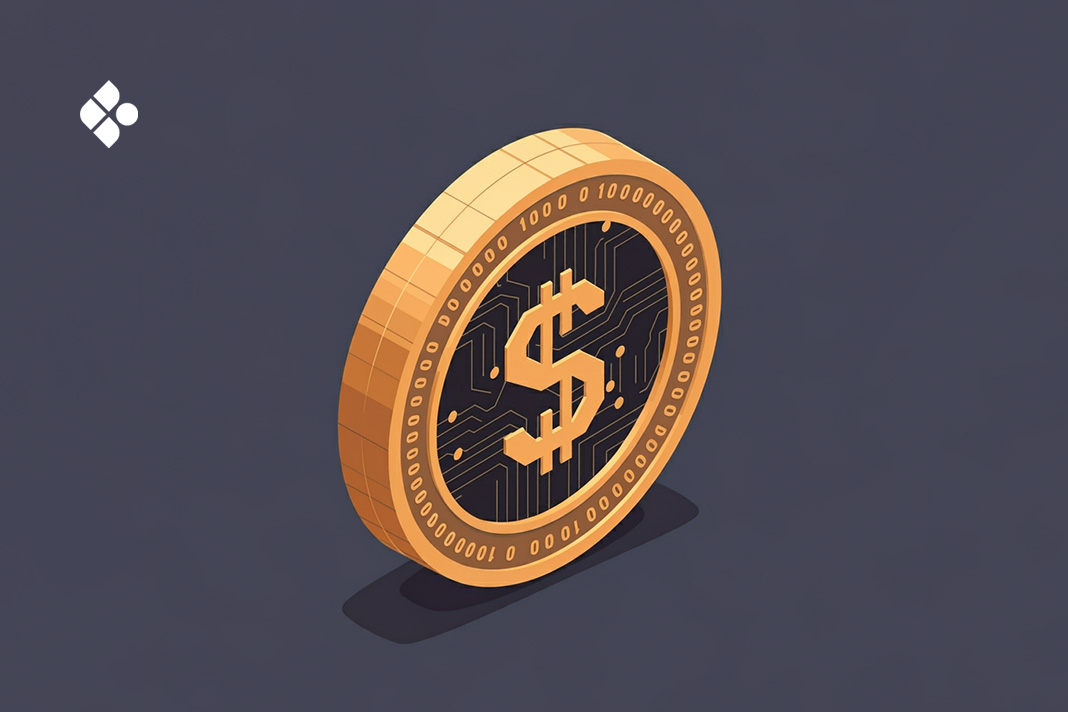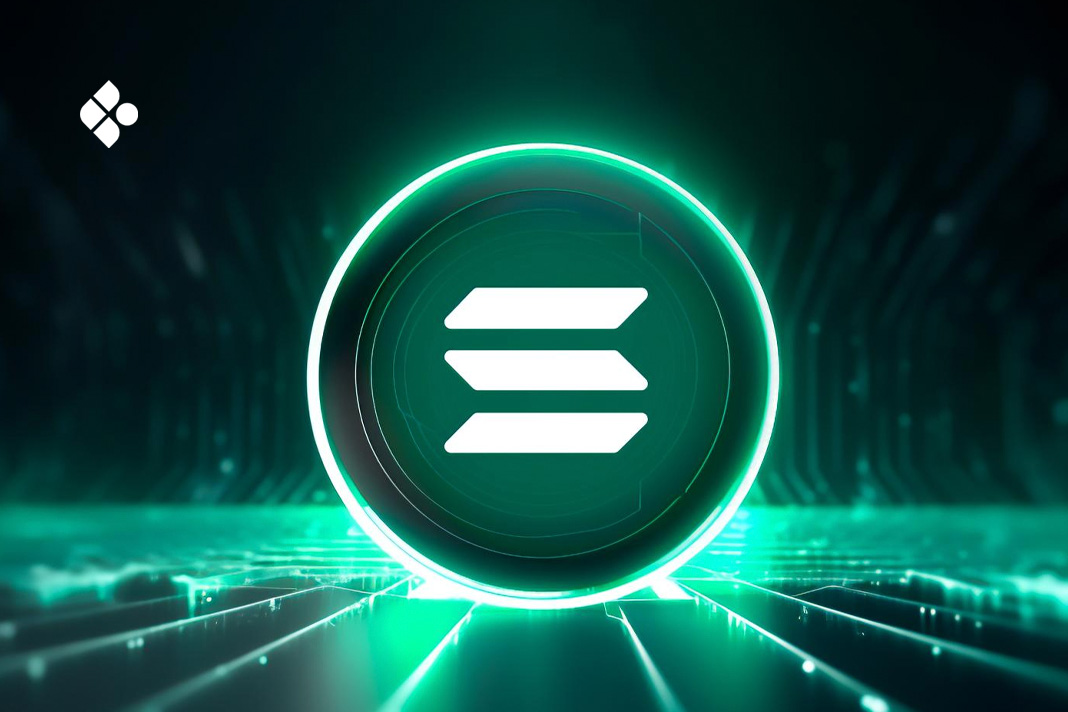Over the years, staking has become an integral aspect of decentralised finance (DeFi), which allows users to earn passive income by locking up their crypto assets in various pools. While many investors stake volatile assets like Ether (ETH), stablecoins like USD Coin (USDC) have also gained traction in the DeFi staking space.
However, is adopting USDC for staking in DeFi a smart move? Does it offer the best balance of risk and reward compared to other staking options? This article will consider the benefits and drawbacks of staking USDC in DeFi and whether it is the right choice for maximising profits.
How Staking Works in DeFi
Staking in DeFi involves locking up your crypto assets in a liquidity pool on a decentralised application (DApp) or protocol to earn interest over time. The interest or returns depend on factors such as the lock-up period and the platform’s annual percentage rate (APR).
Several cryptocurrencies can be used for staking, including Bitcoin (BTC), Ethereum (ETH), Solana (SOL), and stablecoins like USDC and USDT. However, the yields on these assets can vary significantly, making it essential to assess which crypto assets offer the best balance of stability and returns.
Why Use USDC for Staking in DeFi
Before deciding whether USDC is the best option for DeFi staking, it is important to do some checks and balances.
- Stability of Price
USDC is a stablecoin pegged to the US dollar in a one-to-one ratio, giving it a high degree of price stability. This stability ensures the preservation of traders’ investments and returns and shields them from market volatility.
- Lower Risk
Investors and traders are exposed to less risk as they stake with USDC because of its price stability and exclusion from risky market movements.
- Widespread Adoption
USDC has gained massive market adoption, having been used on many DeFi protocols for lending, borrowing, staking, etc.
Limitations of Using USDC for Staking in DeFi

Whilst there are lots of pros to the use of USDC for staking in DeFi, there are also some limitations, including:
- Lower APY
Compared to other volatile crypto assets like BTC and ETH, USDC typically yields a lower reward for stakers. Since USDC is a stablecoin, there is no potential for price appreciation. This means returns are solely dependent on staking rewards, which are often lower than those of riskier assets.
- Centralization Concerns
Unlike decentralised cryptocurrencies, USDC is issued and controlled by a centralised entity (Circle). This raises concerns about potential asset freezes, especially for users who prioritise decentralisation. Although this may not be a significant problem, it is a security concern, especially for users willing to stake for a long time.
- Regulatory Uncertainty
Stablecoins, including USDC, are increasingly under regulatory scrutiny. Governments and financial regulators may restrict their use, affecting staking opportunities and platform accessibility. This uncertainty adds an extra layer of risk to long-term USDC staking commitments.
Comparing USDC with Some Stablecoins for Staking
- USDC vs USDT
Although USDC and USDT are both stablecoins, Circle has been more transparent over the years regarding USDC reserves. Circle has also been publishing reports occasionally. Meanwhile, there has been some level of uncertainty with USDT’s reserve given that some of its reserves are held in assets other than cash equivalents, raising concerns about its price stability.
Also, USDC is regularly audited by third-party firms and agencies, reinforcing its continual commitment to security. On the other hand, USDT offers investors a higher return on staking platforms. Ultimately, if you are more concerned about the safety of your crypto asset, you should consider staking with USDC.
- USDC VS FDUSD
USDC and FDUSD are both stablecoins with high-level transparency. USDC is regulated by Circle and Coinbase, while FDUSD is regulated by Binance.
The major advantage of USDC over FDUSD is that it has a widespread adoption. This is evident in its listing on several exchanges and DeFi platforms. Meanwhile, FDUSD, otherwise dubbed BUSD, is mostly available on BSC DeFi platforms. Moreover, USDC has more liquidity than FDUSD.
Frequently Asked Questions (FAQs) About USDC Staking in DeFi
What is staking in DeFi, and how does it work?
Staking in DeFi involves locking up your crypto assets in liquidity pools on decentralised platforms over a given period for returns.
Why is USDC a popular choice for staking?
USDC is a popular choice for DeFi staking primarily because of its price stability and transparency.
How does USDC staking rewards compare to other assets?
Compared to other volatile assets, USDC staking rewards are not high because it has no potential for a price surge.
Is USDC safer to stake than other cryptocurrencies?
Yes. USDC undergoes regular security audits by third-party firms. Also, Circle is transparent to the public by frequently sharing reports on its reserves.
What are the downsides of staking USDC?
The downside of staking USDC is that it lacks growth potential since it is pegged to the U.S. dollar and remains stable in price. Unlike volatile cryptocurrencies, USDC does not appreciate in value, meaning stakers miss out on potential gains during market upswings.
Conclusion
There are many options for staking on DeFi platforms, but USDC stands out as it offers price stability, lower risk, and higher liquidity on decentralized protocols.
If you are aiming for higher returns, however, you can browse other categories of assets available for staking on DeFi protocols to maximize profitability.







